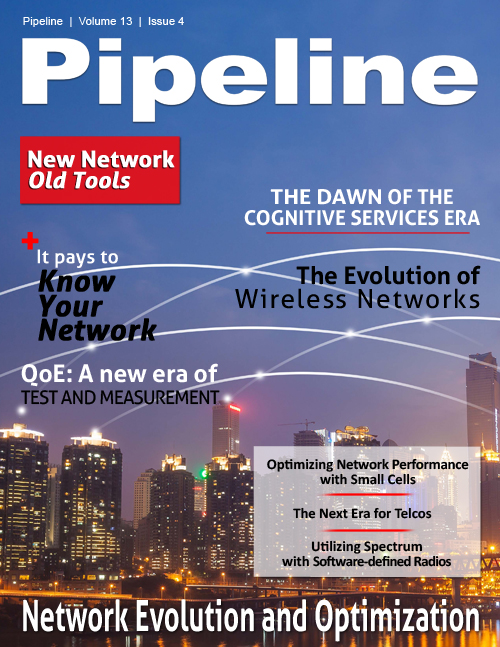It Pays to Know your Network
There is more to network growth than just devices. Digital business is network-centric. The explosion of cloud infrastructure, SaaS, streaming services and online transactions are critically dependent on ensuring a seamless end-user experience. For e-commerce retailers and marketers, any brief delay in performance can result in frustrated shoppers and lost revenue. The same holds true for financial institutions, media companies, gaming platforms and so many other types of online businesses.
By 2020, there will be nearly 4.1 billion global Internet users, or more than 52 percent of the world's population, up from 3.0 billion in 2015, according to the 2016 Cisco Visual Networking Index. Based on such rapid growth, network operators will need a simple, single-pane solution to get a comprehensive snapshot of so much network activity.
For instance, powerful traffic analytics tools are needed to sort out which users, applications, and services are driving the bulk of network utilization. There also needs to be some way to more easily detect where DDoS attacks are affecting services, what is their signature, and when they are happening.
Network operations engineers need a simple view to determine when network performance is degrading, when network links are overloaded, and if more links are required. Likewise, peering analytics and traffic engineering views allow network planners to manage capacity and Internet connectivity cost performance.
Building a Scalable Foundation for Visibility
All network operators have some level of visibility today; yet there is a clear difference between merely spotting a problem and knowing what is actually going wrong. To protect security and availability, operators need greater real-time awareness about the specific location of a problem – whether it is internal or external, in the CDN, the servers, or the stack and so on. Most current solutions are unable to identify the precursors to incoming attacks, or give operators near-instant insights into network performance.
Of course, network operators today can assess certain elements of network traffic by checking data on routers and hosts, such as NetFlow, sFlow, IPFIX and more. Yet it is difficult to gather and store all that data in finely grained detail over time, robbing engineers of the real value they need to derive from network data.





















